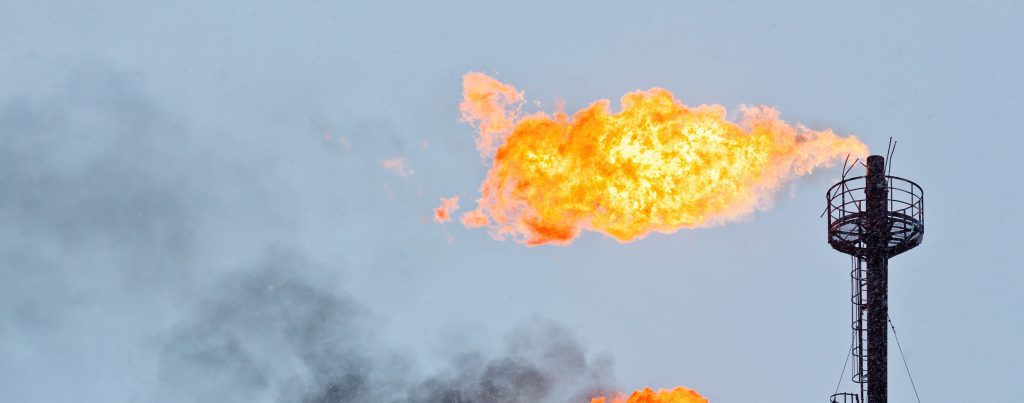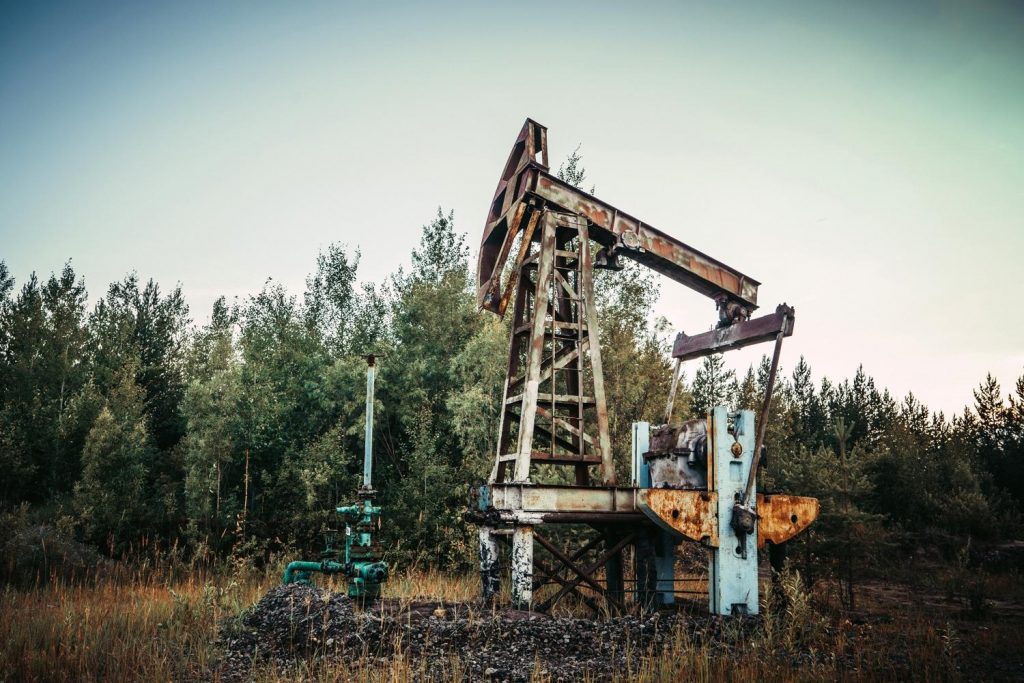When documents are quietly posted on government websites late on a Friday afternoon with no press release, it’s rarely good news. And late last Friday the Canadian government released its most recent inventory of greenhouse gas pollution. Not surprisingly, the news wasn’t good.
The story that mostly got buried the weekend before the federal budget was that, according to the latest data, Canada’s carbon pollution had increased again, this time by 1.5 per cent. It’s the fourth year in a row that Canada’s greenhouse gas pollution has gone up.
Not only is the Canadian government a mile from the target it agreed to in Copenhagen, it’s getting further and further away every year. Canada’s commitment is to reduce carbon emissions to 17 per cent below 2005 levels by 2020, a target that is a decade later and much weaker than our Kyoto target. Canada’s carbon pollution levels are only 3 per cent below its 2005 total.
According to this latest data, there are also notable trends in Canada’s carbon emissions that have continued. The oil and gas sector has further increased its emissions, driven by a rise in pollution from the tar sands, and has now further cemented its position as the number one polluter in Canada. Because of this, Alberta is responsible for over 80 per cent of the most recent annual increase in greenhouse gas pollution. Continued declines in emissions from other economic sectors, like electricity production, are still not enough to undo increased pollution from the tar sands and reduce Canada’s overall pollution levels.
Despite this poor showing, the Canadian government continues to insist that it has an exemplary record on climate change. Yes, carbon pollution is on the rise. And no, the words “climate change” do not appear anywhere in the federal budget released this week. Yet, Finance Minister Joe Oliver said this in his budget speech: “We are the only government in our nation’s history to reduce Canada’s greenhouse gas emissions.” Those reductions happened in 2008 and 2009 and the government’s own analysis shows that they happened because of the global economic crisis. As soon as the economy recovered, carbon pollution in Canada began to rise again. And it hasn’t stopped.
That’s not a government taking climate action.







